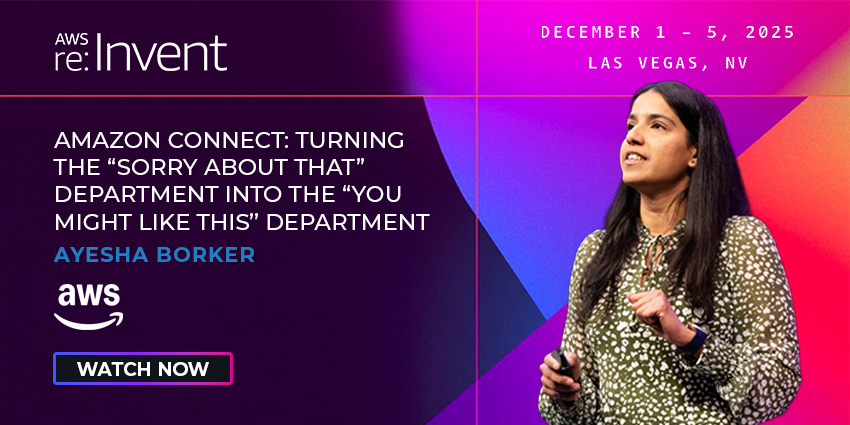As we enter the beginning of a new decade, it is clear that customer experience will continue to become increasingly important for most organisations. Research shows that nearly all CIOs are coming under pressure to improve customer experience, so what are the major trends organisations should be looking at in 2020 and beyond?
Companies will make customer interactions easier and faster

2020 will see companies accelerate the adoption of conversational messaging channels such as WhatsApp, Apple Business Chat and RCS. The smartphone generation expects to be able to interact with companies in the same way they would with friends and family – with flowing conversations and chats that use rich messages, video, location sharing and interactive carousels. Interactions will involve more tapping and less texting to better guide customers as they traverse through different journeys and remove friction from customer interactions.
Mobile interactions should no longer be restricted by character limits and basic plain text – in 2020 they will continue to become richer, more immersive and conversational, presenting brands with an opportunity to increase their reach and raise the customer experience bar. RCS will be the driving force behind this; Google rolled it out on Android Messages across many geographies – including the US – in 2019, and wider mainstream adoption will follow in 2020 as more carriers and enterprises get on board.
Companies need a platform approach to successfully roll out new customer comms channels
There is simply no longer any excuse for companies failing to adopt new customer communications channels. Proactive, two-way communication is the name of the game and the evolution of these channels is driving this change. Therefore, companies can no longer solely rely on traditional communications and development methods.
Companies need to be able to roll out such services quickly and effectively, maximising the interactive capabilities new technologies bring, but in a way that complements their existing customer communication channels. Ultimately, companies need to be able to offer the broadest range of channels while at the same time ensuring they are delivering ‘channel aware’ experiences that take advantage of the best capabilities each channel offers. Through adopting a ‘platform approach’, companies will be able to configure customer interactions and orchestrate them with back-office systems, as opposed to coding each such journey as a separate application. This ‘no-code’ approach provides the much-needed agility and flexibility that traditional programming-intensive approach lacks.
Chatbots will hit the mainstream
To date, there has been a lot of trial and error when it comes to the deployment of chatbots. We have seen a lot of hype, but poorly designed chatbots risk damaging customer experience, especially if related processes and systems running in the background are siloed. However, in 2020, we will see chatbots hit the mainstream as a result of the technology maturing and companies understanding appropriate use cases where they can excel. This, coupled with improved integration with back office systems, means they can now deliver true value and improve customer experience.
While chatbots won’t replace human agents outright, they will play an increasingly important role in providing first-line customer service and support. The combination of rich, interactive channel capabilities and chatbot automation means they will be able to drive a far superior customer experience. The key to making it work in practice is getting the right blend of automated and human interactions in customer journeys, as people will still welcome the opportunity to chat with or speak to a human for more complicated requests.
Customer self-service will become much more intelligent
Companies understand the significance of self-service when it comes to delivering a great customer experience, improving operational efficiency and reducing costs. In 2020, we will see further advances in AI and automation drive much more intelligent levels of customer self-service. This will empower customers to do a lot more themselves, at their convenience, without having to change communication channels mid journey, interact with a different department, or wait days (or even weeks) for a transaction or interaction to be completed.
By getting on top of these key trends in 2020, organisations will be well positioned to deliver great customer experience, remaining relevant in the face of increasing competition from digital-native disruptors.
Guest blog by Sudarshan Dharmapuri, SVP Products, at IMImobile







